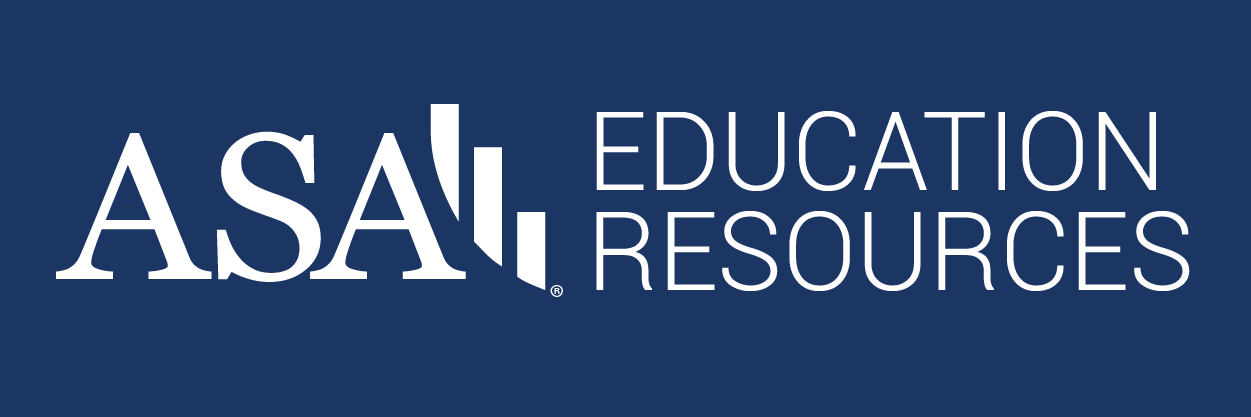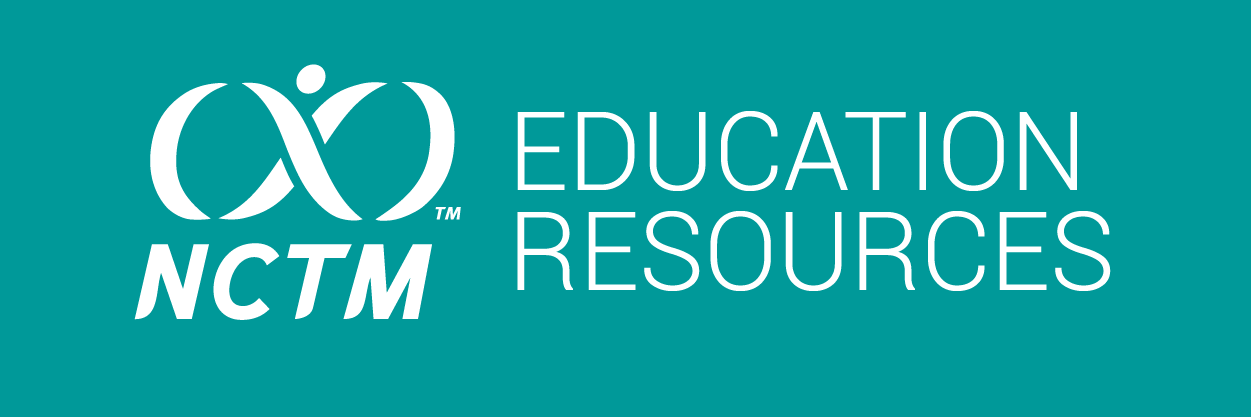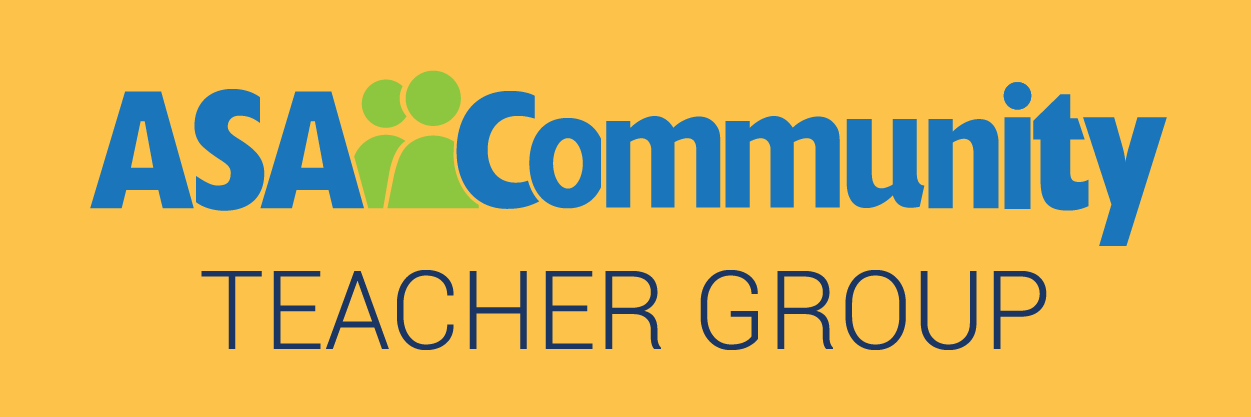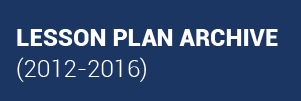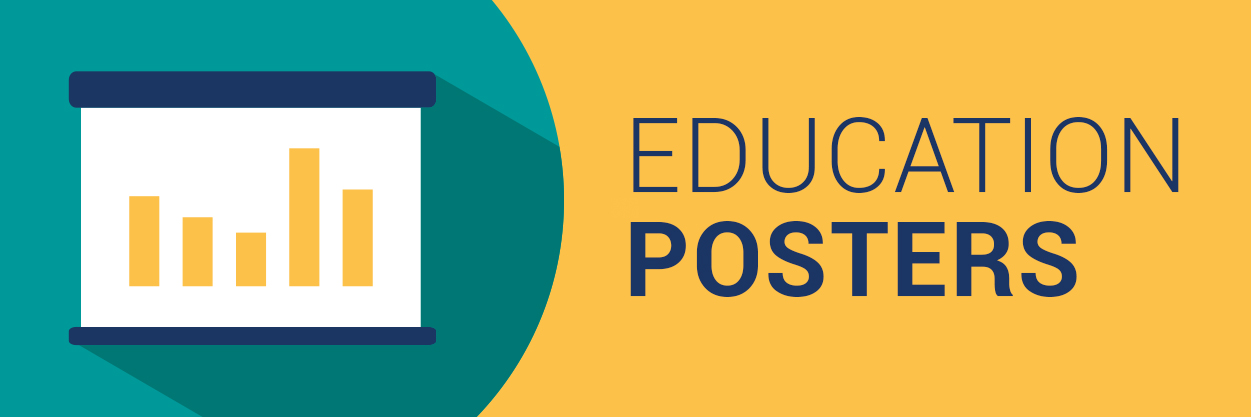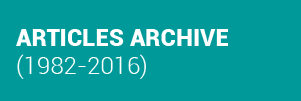Developing Authentic Assessments
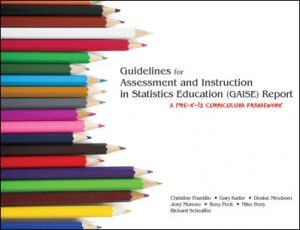
Staff column
Developing authentic formative and summative assessments is challenging, so this column will focus on suggestions for lesson-specific assessments to overarching frameworks.
The Guidelines for Assessment and Instruction in Statistics Education (GAISE) Report: A Pre-K–12 Curriculum Framework, published in 2007, remains an important resource for developing authentic assessments.
The framework model presented in the report provides a problem-solving process model and describes the expected evolution in a student’s development. The problem-solving process requires the formulation of a question and the collection of data, analysis of data, and interpretation of results. Developmental progress requires students to demonstrate increasing intellectual maturity. The developmental levels are based on becoming a mature problem solver and are not aligned to grade levels. The levels are designated Level A, which is more teacher driven, followed by Levels B and C, which are more student driven. The novice—regardless of age—will need to begin with Level A and progress toward the more advanced content of Level C.
The following table summarizes the framework.
The complete GAISE Report is available for download and includes illustrations of how the problem-solving process is actuated at all the levels. The ST lesson plans also identify the development level.






